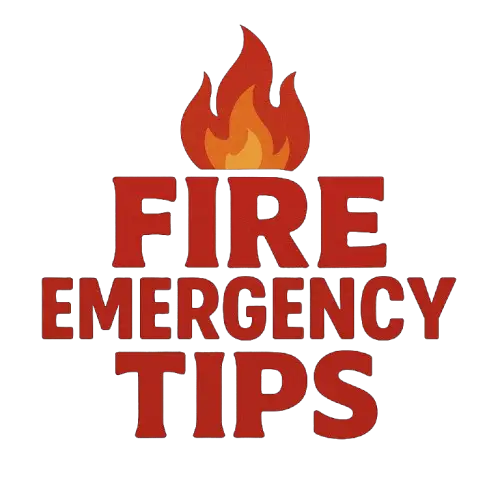
Smoke damage on walls and ceilings can be unsightly and can leave a strong odor. This damage can be caused by various sources, such as a house fire, cigarette smoke, or cooking fumes. Cleaning smoke damage can be a challenging task, but with the right tools and techniques, it can be done effectively.
In this article, we will provide a step-by-step guide on how to clean smoke damage on walls and ceilings.
Step 1: Safety Precautions
Before starting the cleaning process, it is essential to take proper safety precautions. Smoke damage can contain hazardous substances, such as soot and ash, which can be harmful if inhaled. Therefore, you should wear a mask, gloves, and protective eyewear to protect yourself. Additionally, turn off any electrical appliances in the area to prevent the risk of electrocution.
Step 2: Remove Loose Soot and Debris
Using a dry sponge or cloth, gently wipe the surface of the walls and ceiling to remove any loose soot and debris. Be careful not to press too hard, as this can push the soot further into the surface. Dispose of the sponge or cloth after use, as it may contain harmful substances.
Step 3: Vacuum the Area
Use a vacuum cleaner with a HEPA filter to remove any remaining soot and debris from the walls and ceiling. This will also help to prevent the soot from spreading to other areas. Be sure to vacuum the floor and any furniture in the area as well.
Step 4: Wash the Walls and Ceiling
Next, mix a cleaning solution of warm water and a mild detergent, such as dish soap or laundry detergent. Use a sponge or cloth to apply the solution to the walls and ceiling, starting at the top and working your way down.
Be sure to rinse the sponge or cloth frequently to avoid spreading the soot. Allow the solution to sit for a few minutes, then rinse the walls and ceiling with clean water.
Step 5: Dry the Walls and Ceiling
Use a clean towel or rag to dry the walls and ceiling thoroughly. Be sure to change the towel or rag frequently to avoid spreading any remaining soot. If necessary, use a fan or dehumidifier to speed up the drying process.
Step 6: Apply a Smoke Odor Eliminator
After the walls and ceiling are dry, apply a smoke odor eliminator to the area. These products can be found at most home improvement stores and are designed to neutralize smoke odors. Follow the instructions on the product label for best results.
Step 7: Evaluate the Results
After completing the cleaning process, evaluate the results to see if any additional cleaning is necessary. If the smoke damage is still visible or the odor remains, you may need to repeat the cleaning process or seek professional assistance.
Sources:
- “How to Clean Smoke Damage from Walls and Ceilings.” Restoration Master Finder, Restoration Master Finder, 12 June 2019, www.restorationmasterfinder.com/restoration/how-to-clean-smoke-damage-from-walls-and-ceilings/.
- “Cleaning Smoke Damage: How to Clean Walls, Floors & More.” Paul Davis Restoration, Paul Davis Restoration, 20 Sept. 2019, www.pauldavis.com/blog/2019/09/20/cleaning-smoke-damage-how-to-clean-walls-floors-more/.
